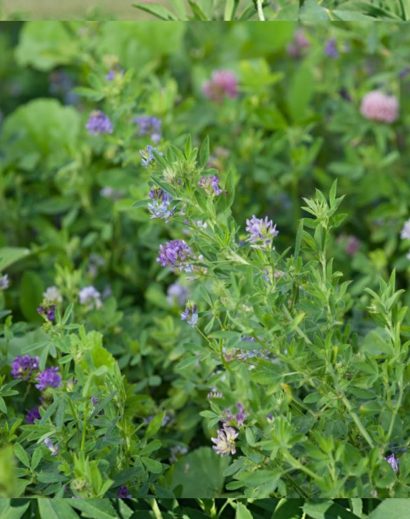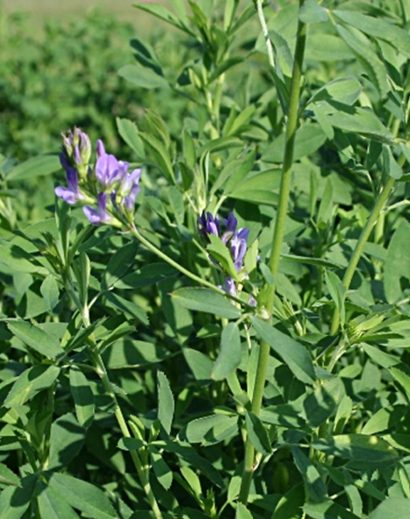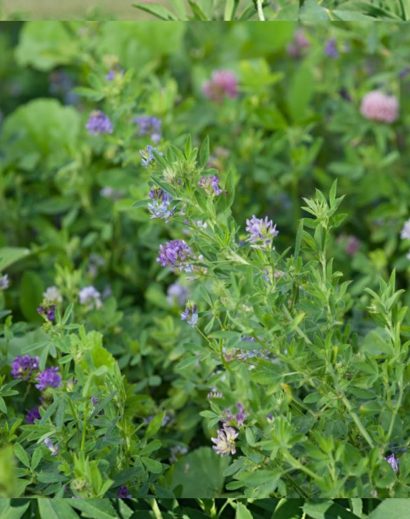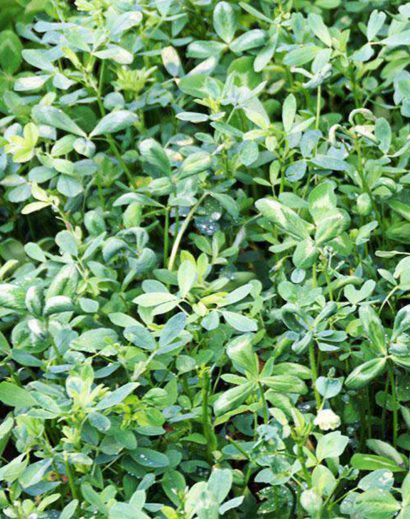Alfalfa (Medicago sativa) is a perennial flowering plant belonging to the legume family (Fabaceae). It is one of the most widely cultivated forage crops in the world and is known for its high nutritional value and versatility in agricultural and livestock applications. Alfalfa’s adaptability, high nutritional value, and ability to improve soil health have made it a valuable crop in agriculture. It plays a crucial role in providing feed for livestock and improving soil fertility, making it a staple in many farming systems.
Alfalfa is not typically used as a fertilizer in the traditional sense, but it can indirectly benefit soil fertility and plant growth in several ways:
- Nitrogen Fixation: Alfalfa is a legume, and like other legumes, it forms a symbiotic relationship with nitrogen-fixing bacteria called rhizobia. These bacteria convert atmospheric nitrogen into a form that plants can use (ammonium). When alfalfa is grown and then plowed under or incorporated into the soil, it releases nitrogen, thereby improving soil fertility for other crops.
- Organic Matter: Alfalfa has a deep root system that can penetrate and break up compacted soils. When the alfalfa plants are incorporated into the soil as green manure, they add organic matter to the soil as they decompose. This organic matter improves soil structure, moisture retention, and nutrient-holding capacity.
- Nutrient Accumulation: Alfalfa plants can accumulate nutrients, especially potassium, calcium, and trace elements, in their tissues. When these plants are turned into the soil, these nutrients are released as they decompose, providing a natural nutrient source for other crops.
- Weed Suppression: Alfalfa has a dense canopy that can outcompete weeds. Planting alfalfa as a cover crop can help suppress weed growth, reducing the need for synthetic herbicides and promoting healthier soil conditions.
While alfalfa can indirectly benefit soil fertility and plant growth, it’s essential to manage its incorporation into the soil carefully. If not managed properly, it can become a weed itself, and its rapid growth can be challenging to control. Additionally, you should consider crop rotation and planting other crops alongside or after alfalfa to fully realize its benefits in a farming system.







Reviews
There are no reviews yet.